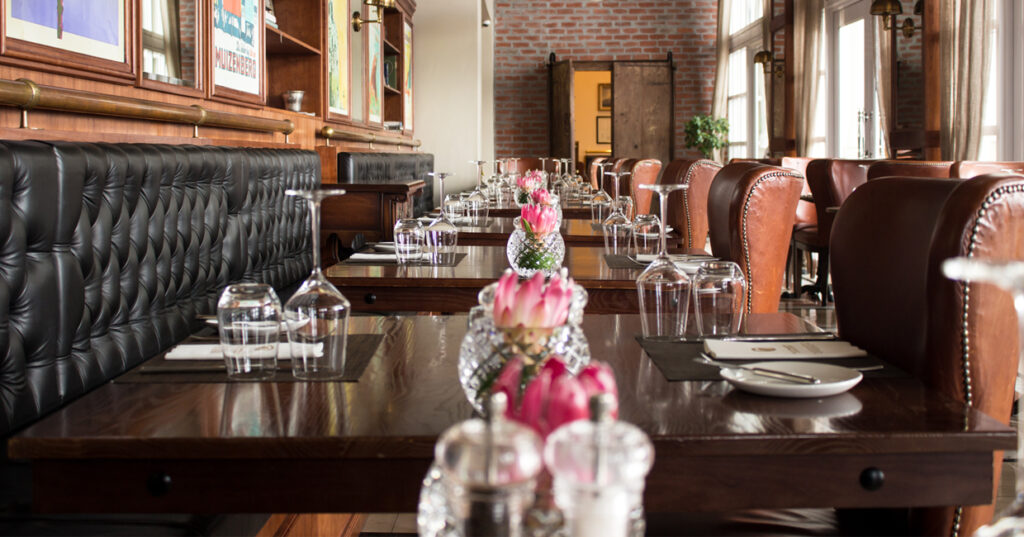For any service sector, it’s impossible to escape the importance of customer experience and customer journey. From a seamless transition across online and offline channels, to 24-hour support and even engagement with social media to help promote, or protect, your reputation, customers have upped their expectations and those who aren’t paying attention may well wish they had.
In hospitality though, this presents somewhat of a conundrum as venues struggle with balancing their own benefits as a destination with delivering the art of the possible for experience-hungry visitors. This is something that the high-street, albeit in small pockets, has somewhat surprisingly got to grips with.
Take the new Primark in Birmingham. It’s not just a fashion store offering bargain items; for anyone that’s been you can’t help but be impressed by this megastore, taking up 160,000sq ft over five floors. It hosts Disney’s first officially licensed cafe located outside of its resorts and cruise ships, barber shop Mills x Primark, beauty studio chain Duck & Dry Xpress all alongside its value range of clothes, accessories and homeware. Not what you expect from the Primark brand.
This is representative of a shift that’s slowly taking place in retail where brands are listening to what customers want and responding, all guns blazing. For some, refurbishing or re-purposing the space might be the right answer and as part of this, thinking about how the online and offline journeys come together for a joined-up experience.
For others, often in shopping centres or large retail parks, having an additional retail presence within the store, such as a coffee shop chain or unrelated product retailer (think Next and Paperchase or Sainsburys and Argos) is introducing a new demographic to the overall footfall.
So what can the hospitality sector learn from this? Partnerships are nothing new – many hotels have concessions from big-brand coffee chains to smaller, local suppliers of artisan goods. Theme parks and big arts venues are the same, often with multiple partner brands across food, drink and retail sat amongst their own offering. It’s so familiar that perhaps that in itself is a problem and fresh thinking is needed to offer an experience that customers want, rather than sticking with what a venue is currently set up to provide.
Here, the example of refurbishing or reipurposing space is a particularly interesting one for venues and destinations as this could change the entire dynamic of an experience just by the brands that are brought in as partners. Similarly, embracing the habits of different demographics could be transformational. Imagine a hotel brave enough to offer a ‘Deliveroo’ station for customers to order their evening meal from, or creating an Amazon-style locker set-up so that deliveries can be made for when a customer arrives.
Whether it’s some quick and simple initiatives that are implemented or more wholesale transformation of space, the high-street has shown that there are real benefits to embracing what customers actually want, not what its perceived they need. The trick here is not just listening but acting on the insight that’s received.
With over 20 years’ experience of transforming commercial space, Sigma provide a true end-to-end service; from fixtures and consolidation, to construction, projects and M&E.



